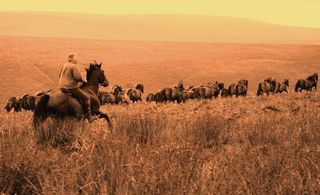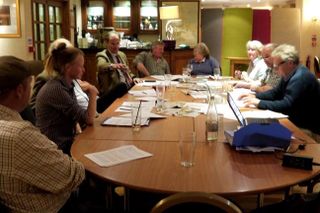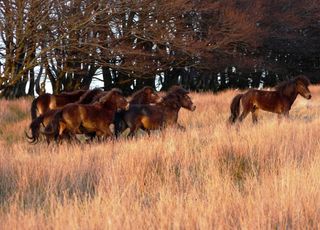The Exmoor Pony
The Exmoor Pony
Exmoor National Park is home to the captivating and characterful ancient Exmoor ponies, one of Great Britain's oldest native hill pony breeds, who are a captivating part of Exmoor's rich natural history and heritage.
The mostly free-living semi-feral ponies of Exmoor have grazed the wilds of the moor for hundreds if not thousands of years. This spectacularly beautiful area nestles in the exquisite corner of South West England, adjacent to the Bristol Channel and spans North Devon and West Somerset. The 267.5 square miles of dramatic and challenging terrain, comprising moorland, steep combes, forests and cliffs, made navigating Exmoor difficult, so it has remained relatively isolated and has retained its breathtaking natural beauty.
In the early 1920's a group of local farmers and land owners decided to select some of the ponies running on the moors and established a pedigree 'Exmoor Pony' breed, documented within an Exmoor Pony Stud Book. They formed the Exmoor Pony Society in 1921, at the Lion Inn, Dulverton.
The founding committee of the Exmoor Pony Society were:
Lord Fortescue (President)
Mr Reginald Le Bas (Secretary)
Mr F G Heal (Exford)
Mr G Molland (Simonsbath)
Mr Tom Parkman (Dulverton)
Lord Poltimore (North Molton)
Mr W Pring (Molland)
Mr David Tapp (Dulverton)
Mr A G Westcott (Porlock)
Mr R S Westcott (Hawkridge)
Some of their descendants continue to maintain Exmoor pony herds today.
The ponies selected were of an ancient appearance, with distinct similarities to the small horses depicted in the early cave paintings discovered at around that time. Over time, a strict breed standard evolved, which is maintained today through a rigorous inspection and registration system.
The Exmoor ponies almost became extinct after the Second World War, when their numbers were reduced to around 50 ponies and just six stallions. Over the following decades, numbers gradually increased, although some bloodlines have been lost, and today there are thought to be around 2000 Exmoor ponies worldwide, with a population of not more than 500 on Exmoor itself. The Exmoor pony is therefore on the Rare Breed Survival Trust's Category 2 Endangered List. The indigenous core population living on Exmoor can be considered to be critically endangered.
Maintaining the free-living herds of Exmoor National Park is vitally important. Because it is here, living and breeding in their natural, indigenous environment, that the ponies can retain their True Moorland Type. That is, the learned and genetic characteristics and behaviours of free-living, extensively grazing ponies, resulting from many generations evolving in their Exmoor environment, where they remain as close to 'wild' as possible.
Managing the free-living herds in the challenging Exmoor 'wilderness' areas is not easy, and although best attempts are made to gather all the herds into their respective farms each autumn, and keep them in their respective moorland enclosures - it is inevitable that ponies will both migrate to other areas, and evade the round-ups.
This has led to difficulties with registering some perfectly good, purebred Exmoor ponies in the stud book and difficulty in obtaining the necessary paperwork to satisfactorily sell foals coming off the moor in the autumn. This can result in culling of ponies and frustrations for the farmers. In 2013, the Exmoor National Park Authority commissioned consultant vet Peter Green BVSc Cert EO MRCVS to produce a report - The Ponies of Exmoor National Park: Their Status, Welfare & Future.
As a result of this consultation, the Moorland Exmoor Pony Breeders Group
was formed in January 2014, along with the Exmoor National Park Authority Exmoor Pony Breed Steering Group. This has led both to the establishment of the Exmoor Pony DNA Whole Genome Project
and to formal requests to the Exmoor Pony Society to establish a supplement and upgrading system in the Exmoor Pony Stud Book to safeguard purebred Exmoor ponies and their progeny who have been excluded from the pedigree breeding gene pool. Safeguarding purebred Exmoor pony genetics is a core aim of the MEPBG.
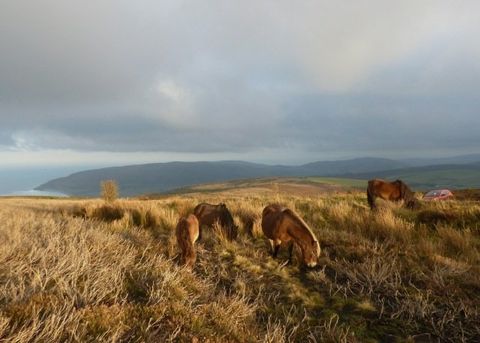
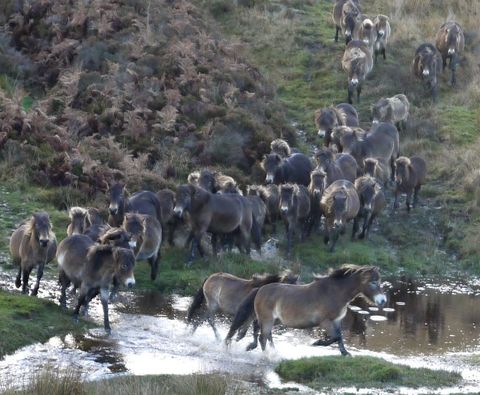
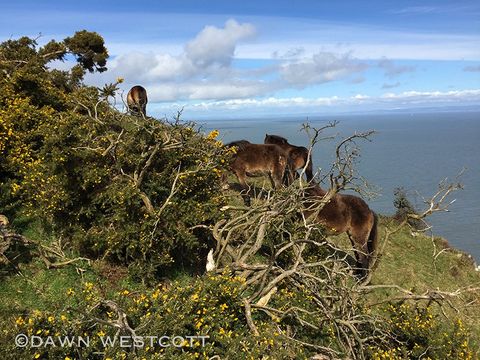
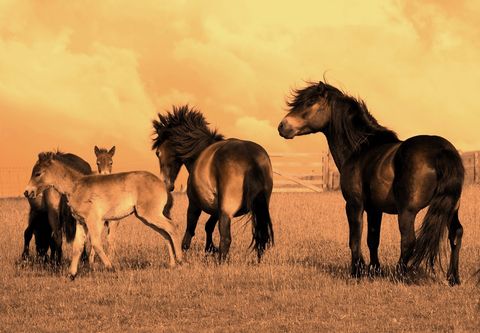
Contact The MEPBG
Thank you for contacting us.
We will get back to you as soon as possible
We will get back to you as soon as possible
Oops, there was an error sending your message.
Please try again later
Please try again later
The Moorland Exmoor Pony Breeders Group Blog
More PostsContact us
The MEPBG
Email: MoorlandExmoorGroup@hotmail.co.uk
Phone: +44 1643 862466 and +44 1598 741201
© All rights reserved Dawn Westcott/MEPBG 2024. All text and images on this website are copyright and must not be used for any application without the written permission of Dawn Westcott/MEPBG.

